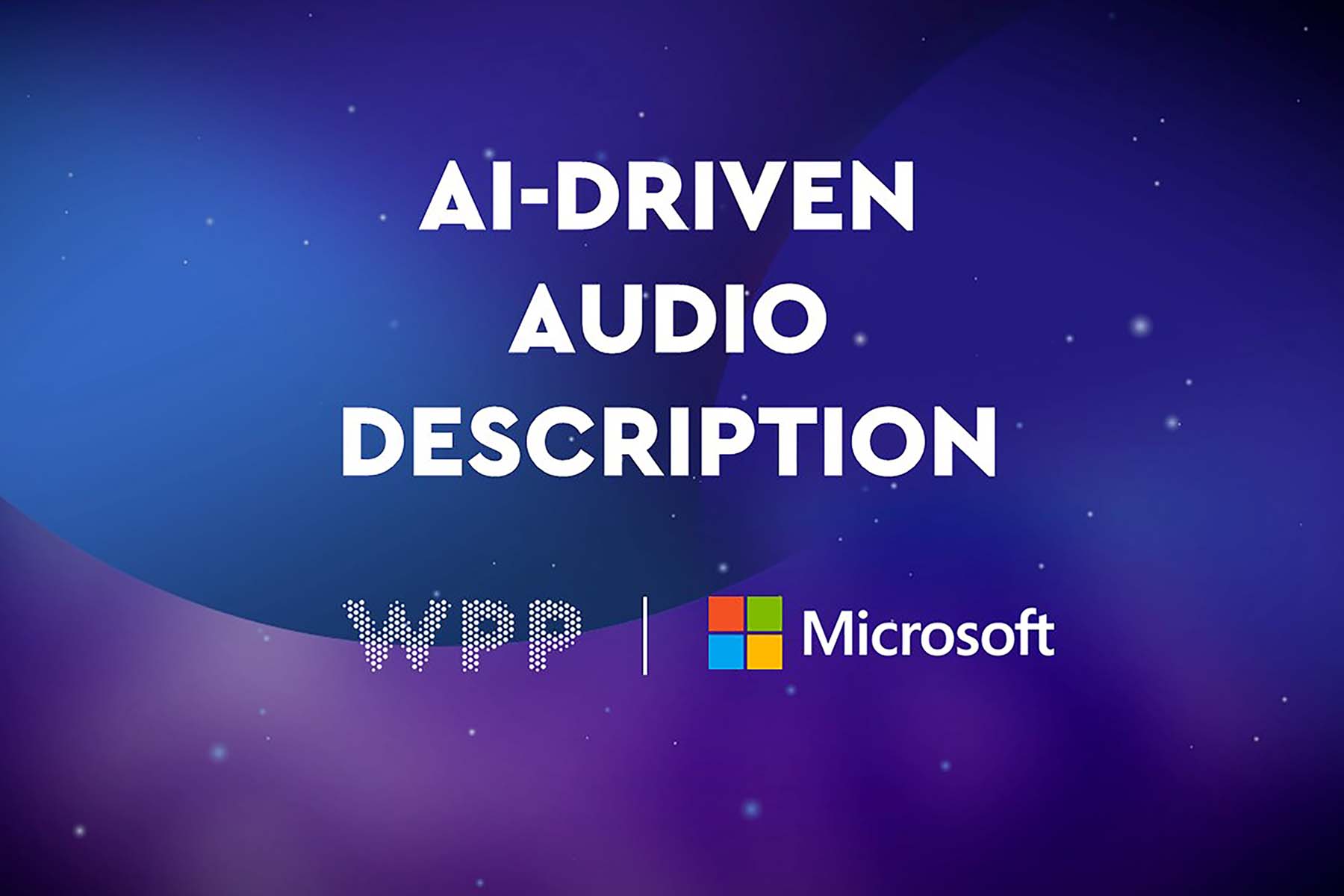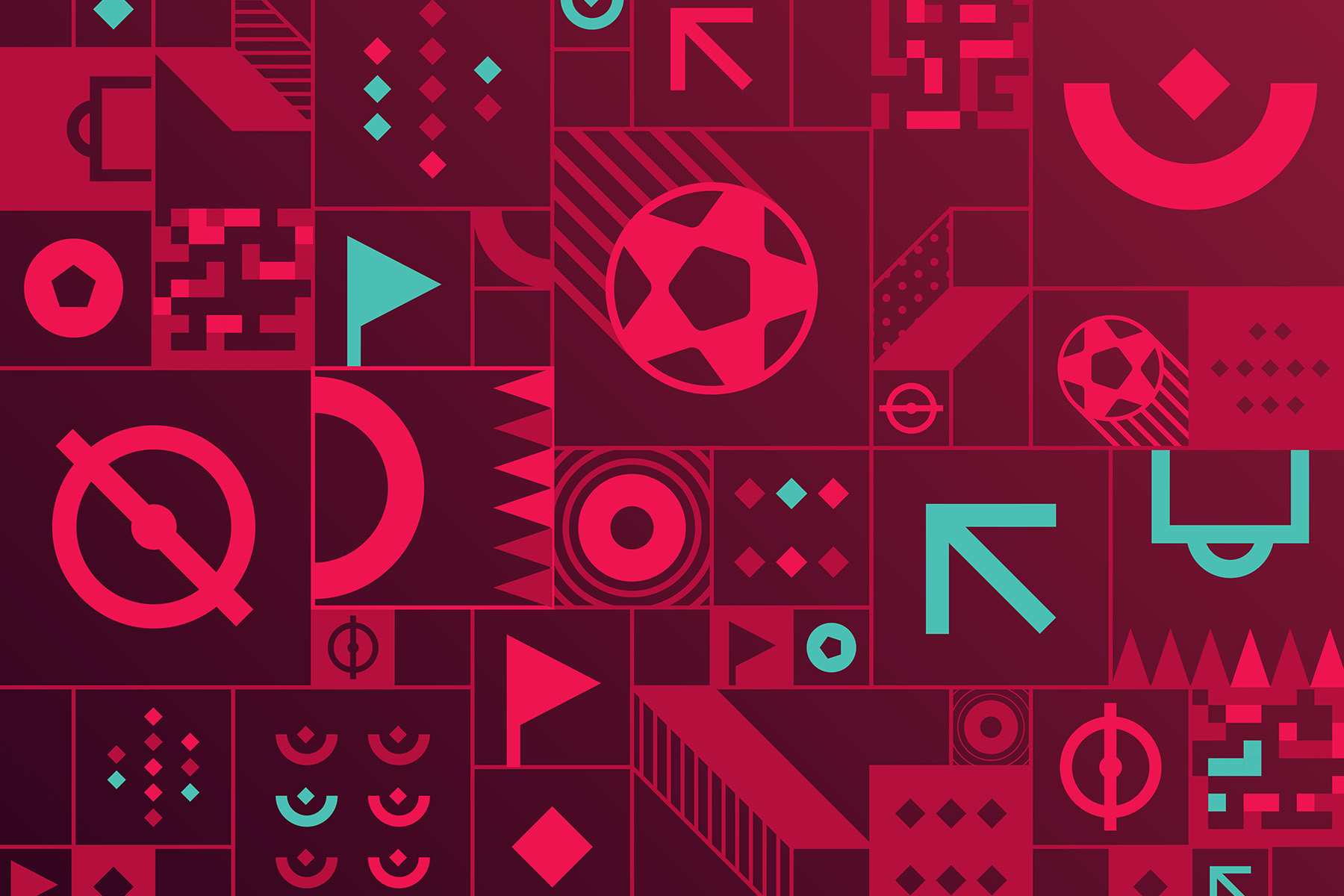
Accessibility advances alongside alphabetisation
Larry Nocella at CMI Media Group and Compas explains a simple design idea that will improve every single app’s accessibility at no extra cost
Accessibility is a beautiful idea, but it’s not only the noble goal of equal opportunity. It makes simple business sense. The easier the app is to use, the more potential customers.
That’s why it’s surprising that the tech behemoths of today have ignored this one simple action. Not one of the tech giants have acted on the super-simple idea I’m about to share. Here it is: alphabetise the options on app menus. That's it. That's all. Alphabetise the options on menus. Not only right-click menus, not just context menus, ALL menus. ALL OF THEM. As the old saying goes: “Simplicity reveals the master.”
Let’s look at some examples
If you look at examples, you will see how alphabetising the menu options would make them easier to use. In other words, we'll improve their accessibility design for all.
When you look at the menu that pops up when you right click an email in Microsoft Outlook you will notice that the options are not listed in any order at all. Perhaps there is an attempt to group them. Note the divider lines and the cluster of ‘Reply’, ‘Reply All’, ‘Forward’.
Were they bunched by frequency of use? Maybe. But then, what I frequently use is not the same for you. If we must wonder about their order scheme, then designing the menu for intuitive use has failed.
When you right-click an item on your Windows 10 desktop, again there is a long list but no order. Why do we find ‘Properties’ at the bottom? That's a key reason to right-click on icons. Why is it listed after ‘Rename’, another common feature?
Once you start noticing this problem, you’ll see it everywhere. Google Sheets is another example. In English we read from left to right, then top to bottom. Since these menus are in English, design thinking says that that’s the way information should flow. But look at the list of categories at the top from Google Sheets command bar... and read left to right ... no order whatsoever. And the drop downs from that command bar? Top to bottom? No order. A sort of grouping maybe.
Let's not forget Apple. On the Apple Mac desktop – the menu is from left to right but no order. For the Apple iPhone, there is no order.
The cure for disordered menu syndrome
Alphabetisation works. Try comparing the standard Outlook right-click menu with the same options listed alphabetically. A quick glance at the ordered menu and immediately you know which options are available and, if you cannot find what you seek, you know it is time to look elsewhere.
Alphabetise a menu and you can find what is and is not there – quickly and definitively. With an unsorted menu, you have no idea. You may have missed it, so check again. And again.
The tech-using world is wandering through countless unordered menus. We're wasting our biological RAM with dozens of internal mini maps guiding us to where options are. Let’s take back these millions of micro-moments spent wandering about and improve our productivity.
Achieve accessibility. Alphabetise.
Alphabetisation makes a difference
You can test the difference alphabetisation makes yourself. On an iPhone, scroll down in settings past the unordered list of functions and then you will arrive at the list of installed apps. It’s beautiful. They’re in alphabetical order. Everything is so easy to find. In all my research this was the only place where I found the menu items alphabetised.
Please, designers, developers, everyone. Alphabetise your menus. It's easy enough, and it will make every app that exists – yes, every single one – easier to use. More accessible. Whatever the reason for unordered menu options, that time has passed. Now there are hundreds of functions, and they should be ordered.
Here is my message for the entire world: sort your menus alphabetically. It’s easy. It makes using the app intuitive and more efficient. There is no downside.
published on
30 November 2023
Category
More in Experience

Let’s add audio for visually impaired audiences
How to make advertising more accessible for visually impaired audiences

The Future 100: wellbeing, humanity, emotion and tech
This annual trend spotter – by WPP’s VML – gives us the context for the new normal for marketing in 2024.

Activating sports events – the ultimate balancing act
WPP Sports Practice takes a look at the art of timing for sports event activation

